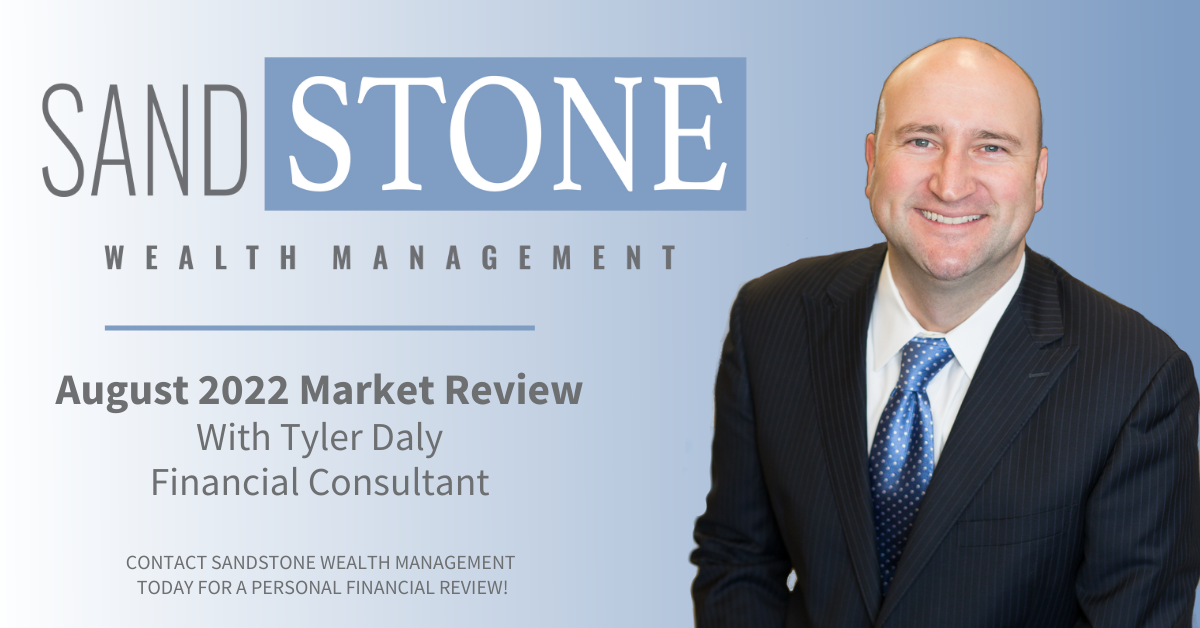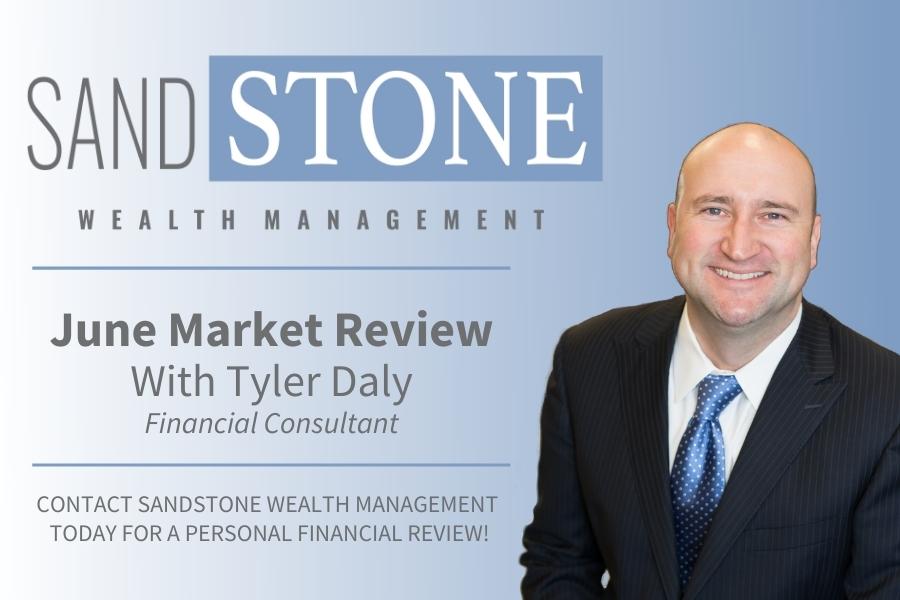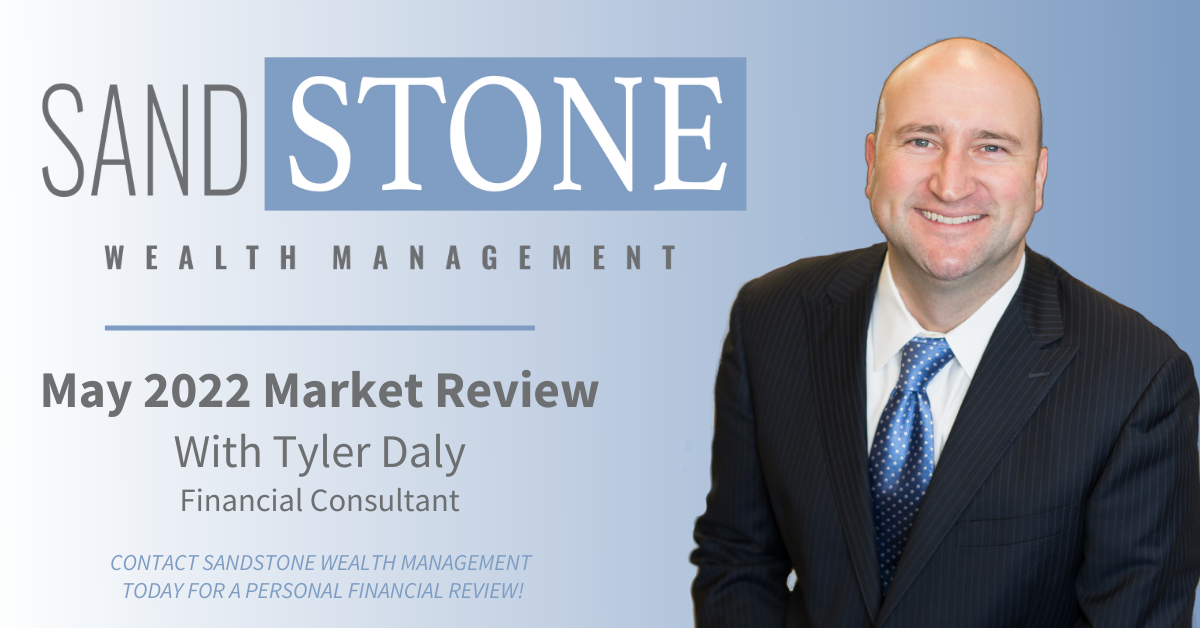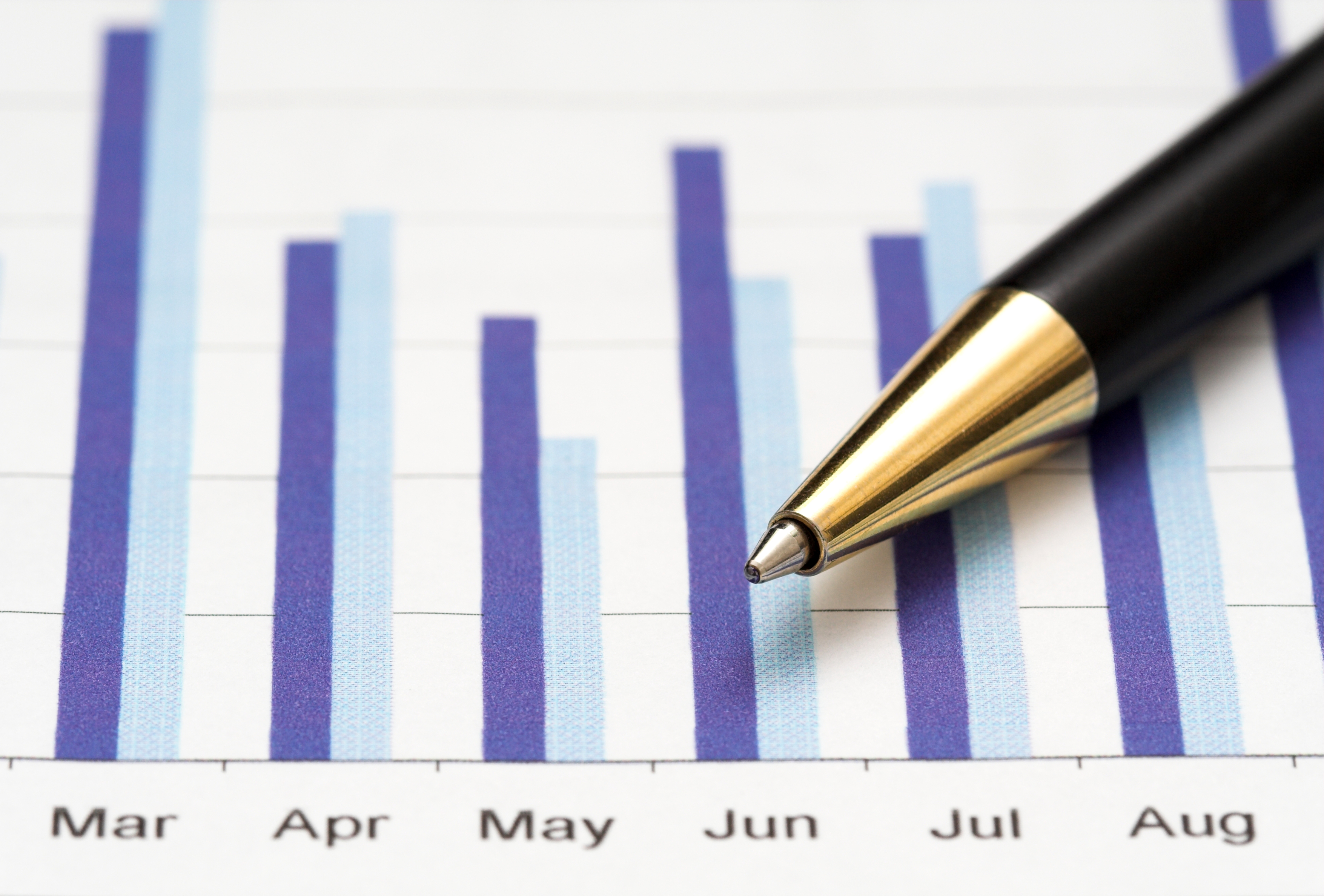
After three months of month-to-month gains, the rapid rebound following the S&P 500’s March 23 low slowed in June with the index closing the month only slightly above its opening value.
“The equity market had moved into positive territory year-to-date in the middle of the month on the back of improving economic data and further easing of lockdown measures,” Chief Investment Officer Larry Adam said, “but a sharp uptick in COVID-19 cases – including the largest daily increase on record – weighed on the equity market.”
That pressure will likely continue, as some states have halted their plans to reopen in light of the surge in cases, bringing into question “the timing of the eventual return to normality and the trajectory for future economic growth,” Adam added.
Technology stocks, however, have continued to outperform the rest of the market, said Joey Madere, senior portfolio analyst, Equity Portfolio & Technical Strategy, masking the pressure many other stocks are facing.
Fiscal and monetary policy continues to be supportive of the markets.
Federal Reserve Chairman Jerome Powell said he does not expect the central bank will raise rates in the foreseeable future. This will continue to keep sovereign bond yields contained, and the Federal Reserve’s purchasing of individual corporate bonds has driven the rates on investment-grade debt yields to near historic lows.
On the fiscal side, “Pressure is building on Congress to advance the next phase of COVID-19 fiscal relief,” Washington policy analyst Ed Mills said, “and we expect the next package to be in the $1 trillion range driven by the need to provide funding to states, extend some individual relief provisions, expand support for small businesses and further fund the healthcare response.”
A growing interest in measures to support travel, leisure, hotel and restaurant businesses could boost those sectors, which have been significantly affected by the pandemic, Mills continued.
|
|
12/31/19 Close |
6/30/20 Close |
Change |
% Gain/Loss Year to Date |
|
|
DJIA |
28,538.44 |
25,812.88 |
-2,725.56 |
-9.55% |
|
|
NASDAQ |
8,972.61 |
10,058.77 |
+1,086.16 |
+12.11% |
|
|
S&P 500 |
3,230.78 |
3,100.29 |
-130.49 |
-4.04% |
|
|
MSCI EAFE |
2,036.96 |
1,775.53 |
-261.43 |
-12.83% |
|
|
Russell 2000 |
1,668.47 |
1,441.37 |
-227.10 |
-13.61% |
|
|
Bloomberg Barclays Aggregate Bond |
2,225.00 |
2,361.53 |
+136.53 |
+6.14% |
|
|
|
Performance reflects price returns as of market close on June 30, 2020. MSCI EAFE and Bloomberg Barclays Aggregate Bond performances reflect June 29 closing values.
Analysts are looking at these key factors, both here and abroad. |
||||
Economy
- Efforts to contain the coronavirus have had a major impact on the global economy. There is still a lot of uncertainty in the outlook, which has three elements. First, there was a sharp decline in U.S. gross domestic product in the second quarter. Second, there was a sharp-but-partial rebound off the lows in May. Third, improvement after the initial rebound will slow, barring a vaccine or effective treatment for COVID-19, leaving a long-lasting gap between the level of aggregate economic activity and the pre-pandemic trend. There are significant challenges in the second half of the year, and the risks remain weighted predominately to the downside, said Chief Economist Scott Brown.
- The rise in COVID-19 cases in a number of states has renewed fears of a second wave. For the most part, states have paused their reopenings rather than locking down again. That may change. However, there is likely to be an increase in self-imposed isolation regardless of state directives. That means a more gradual pace of economic improvement – and perhaps a further decline in GDP – in the quarters ahead. Extending support for the unemployed and increasing aid for state and local government will be key.
- The U.S.’s relationship with China poses a secondary risk to the economy as the presidential candidates take aim at each other’s related policies. Congress continues to push punitive measures against China on issues such as Hong Kong and capital markets restrictions, which can make it increasingly difficult to avoid escalating tensions, Mills said.
Equities
- The more economically sensitive areas – small caps, the average consumer discretionary stocks, industrials and financials – have pulled back to their 50-day moving average, and these areas may be more volatile if the virus spread deepens, Madere said. If they’re able to hold value above the moving average, we would look to buy partial positions in these more cyclical areas with a long-term view.
- We view the current market pullback as normal within a consolidation phase as of now. If the economic reopening and stimulus narrative continues, the S&P 500 will likely have support on the downside, limiting loss in value to a few percent; however, if that narrative changes to one of virus spread and challenges with hospital capacity, it could signal a pullback of 6% to 10%, Madere said.
International
- In the month since the World Health Organization initially declared Latin America the epicenter of the COVID-19 pandemic, the region has passed more sobering milestones: Brazil became the second country to exceed 1 million cases and may overtake the U.S. in late July. Peru and Chile have also entered the top ten list of case counts. This potentially impacts a wide range of industries with exposure in Latin America, said Pavel Molchanov, director, energy analyst, Equity Research.
- Financial recovery in markets outside the U.S. was mildly positive, generally, with the best gains in Asia, European Strategist Chris Bailey said.
- There has been progress toward eurozone-wide coordinated fiscal support measures to supplement the European Central Bank and national government initiatives.
- Markets in Asia and Europe continue to offer some diversification attributes for American investors, particularly if those nations continue to lift lockdown restrictions without incurring a second wave of pandemic cases, Bailey said.
Fixed income
- Treasuries were flat for June, with every point on the yield curve ending the month within one basis point of where it started. Likewise, municipal bonds are trading at the same levels where they ended May, says Doug Drabik, managing director for Fixed Income Research.
- Investors may be seeking out higher risk bonds in response to prolonged, historic lows for Treasuries, Drabik said. The U.S. High-Yield Index is down over 3% for the year, but has performed well of late.
- Early June saw growing demand in emerging market credit, but it leveled out by the month’s end. Argentina continues to struggle with its debt restructuring and Brazil had mixed headlines, but select stronger credits are poised for better returns, Drabik said.
Bottom line
The coronavirus numbers are troubling, but continued fiscal and monetary support are expected to blunt the worst of the economic effects of the pandemic.
Expect volatility in coming months as states phase out their lockdown restrictions and will likely continue to face rising infection rates. However, improving treatments and continued vaccine development remain promising.
“It makes logical sense for the market to slow down or pause in the short term following such enormous strength off the March 23 lows,” Madere said. “Importantly though, historical performance following similar surges out of recessionary bear markets has been very favorable over the next 12 months. This contributes to our positive bias and view that pullbacks should be used as buying opportunities.”
You are in my thoughts as we live and work through this historic era. I wish you and yours good health and wellness. As always, if you have any questions – about the markets, your financial plan or anything else – please reach out to me. Thank you for your continued trust.

Tyler has been in the financial services industry since 2004 and with Sandstone Wealth Management and Heartland Bank since 2009. He is Series 7, 66 and Insurance licensed to assist his clients with all their investing, financial planning, and insurance needs. Tyler was recently named to the Forbes List of America's Top Next-Generation Wealth Advisor, which recognizes advisors from national, regional, and independent firms. Tyler graduated from the University of Nebraska-Lincoln with a Bachelor’s Degree in Diversified Agriculture and was born and raised in the Nebraska Sandhills. This gives him an intimate knowledge and understanding of his farming and ranching clients. Tyler is married to Rachel, who earned her Doctorate of Pharmacy from the University of Nebraska. They have two children, Camilla and Cooper. Away from business, he enjoys officiating high school basketball in the winter as well as golfing and team roping in the summer.


.png)

.jpg)

.jpg)

.png)



